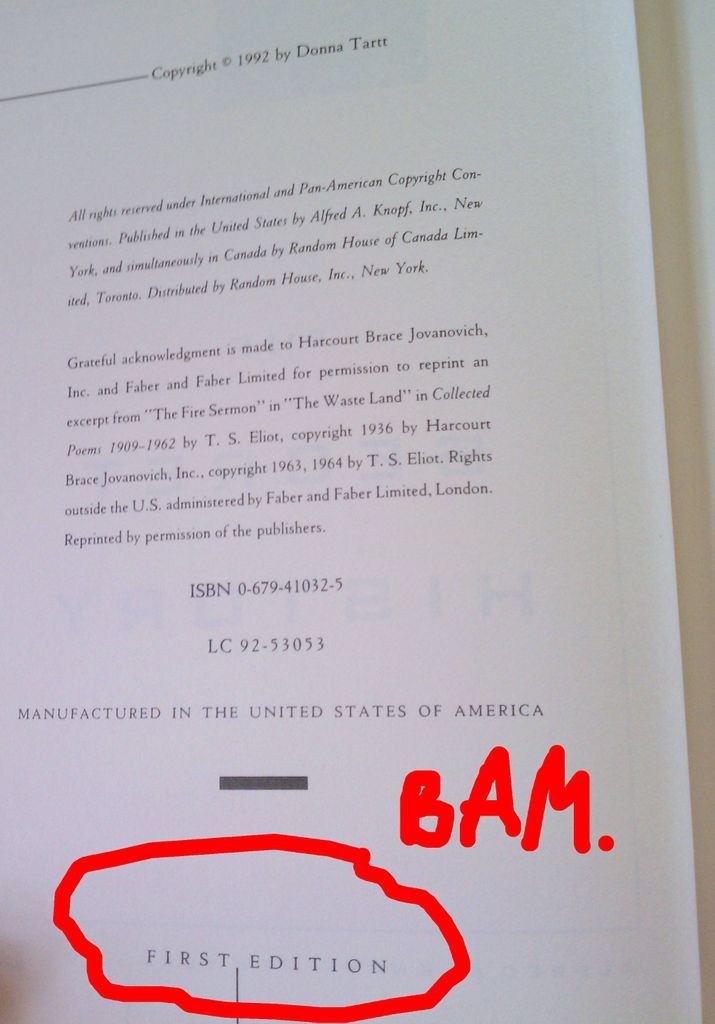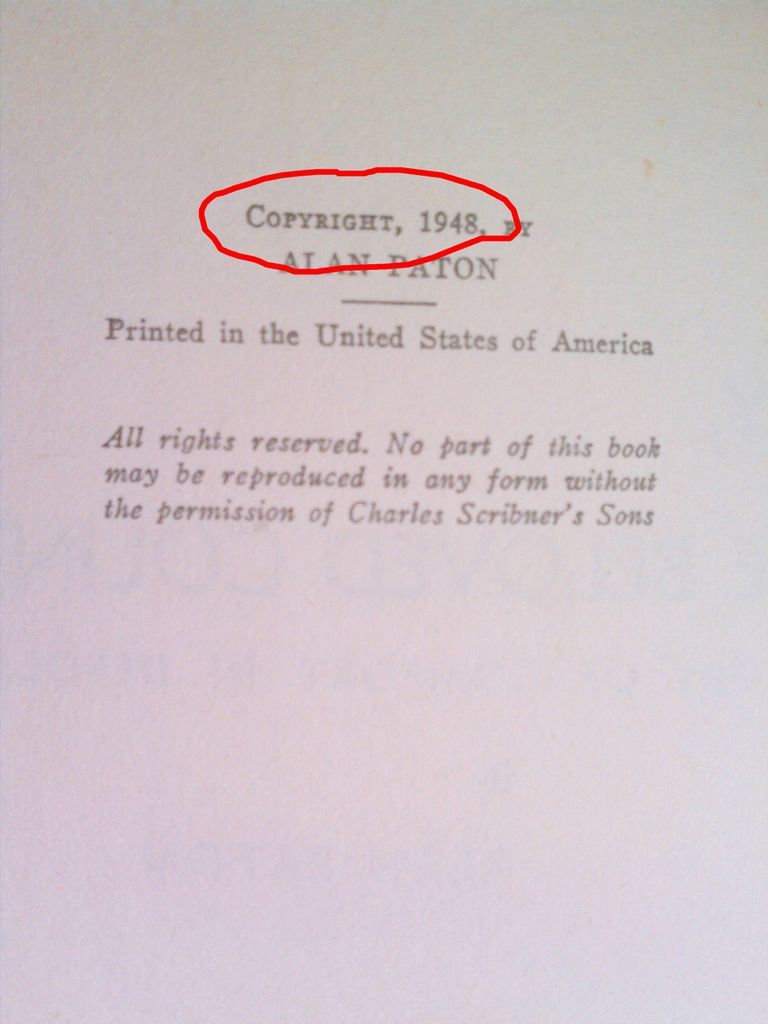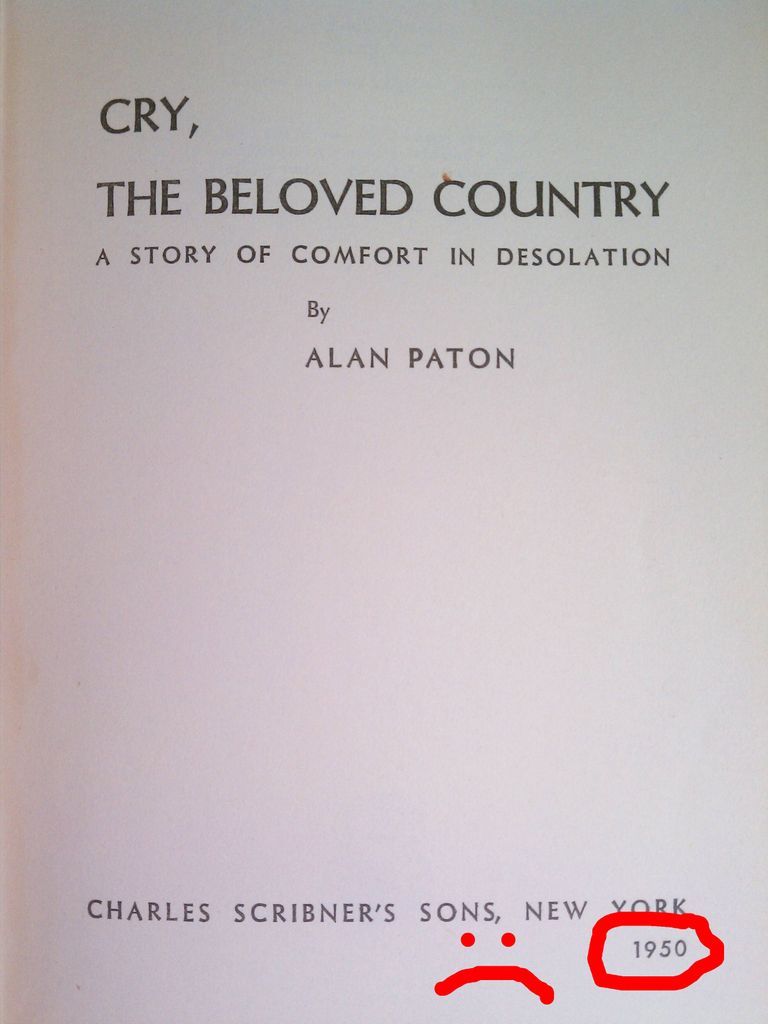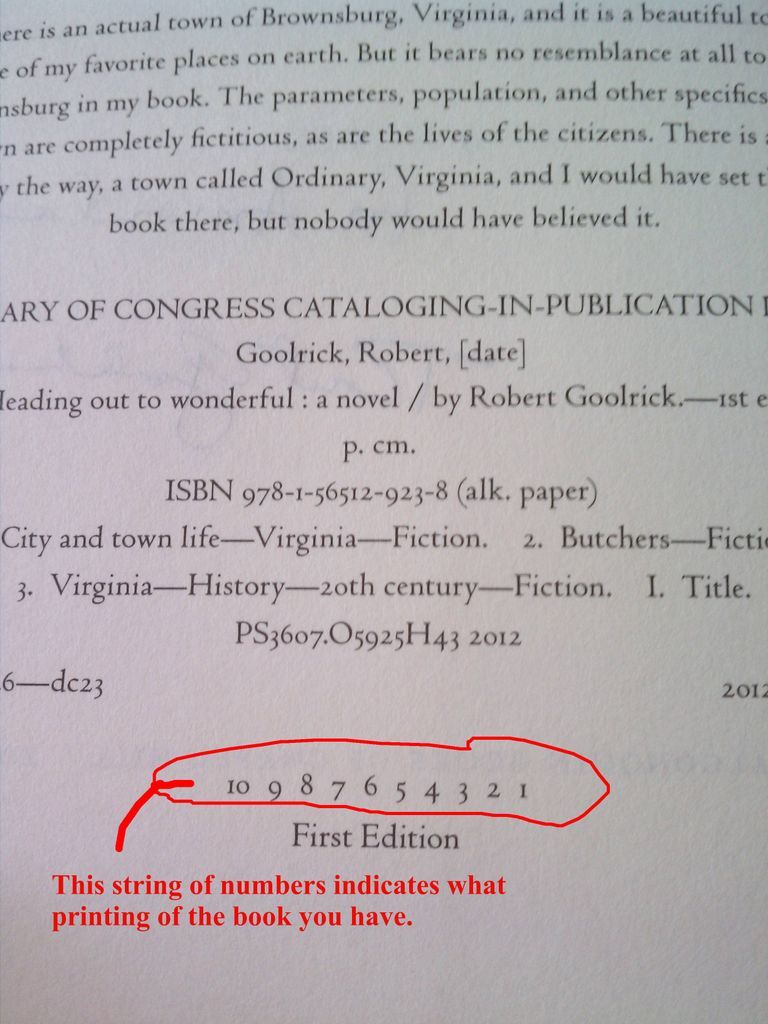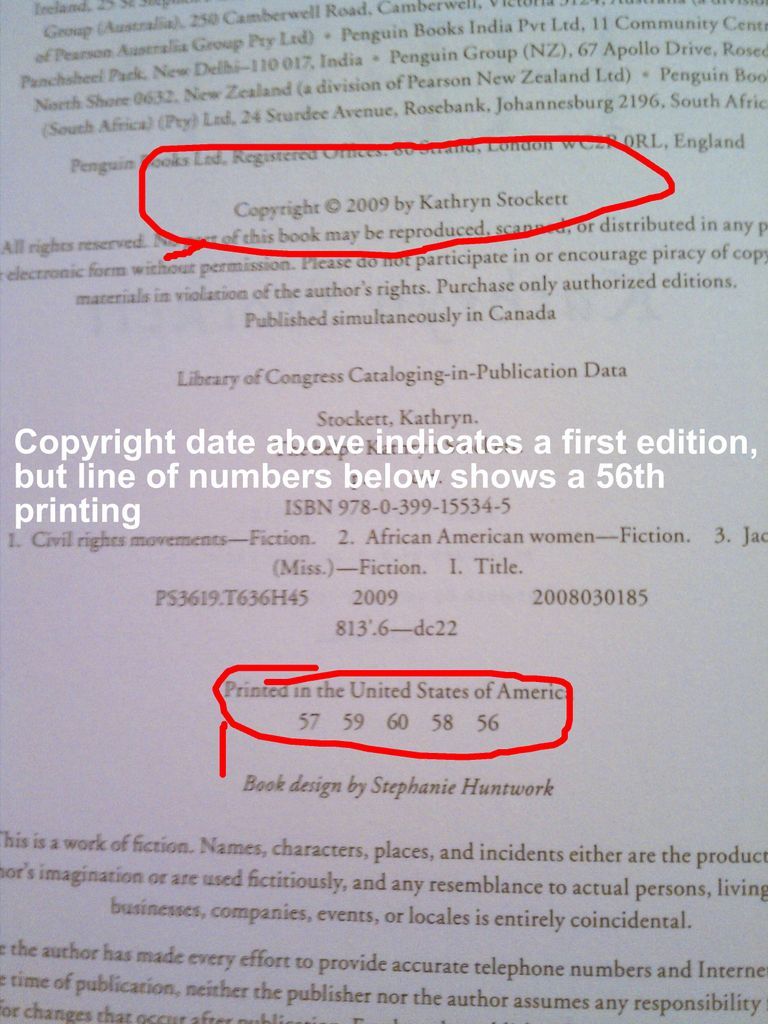What does first edition mean?
To publishers, a first edition is the first version of a book before changes are made (forewords added, afterwords added, typos corrected, whatever requires a new typeset). So, if the publisher prints 5,000 copies of a book, they all sell, and the publisher goes back to print more of the same version of the book? That is a second printing, first edition. The copyright page may even still say “First Edition” on it somewhere. However, to most booksellers and collectors, a “true” first edition is both the first typeset version of the book AND the first printing. If the publisher sells out of the first run and goes back for another printing, that second printing is not considered true first editions, even if the copyright page says it is. An easy way to tell a bookseller is trying to get one over on you is if they try to sell you a later-than-first printing and call it a “first edition.” So, step one is the most obvious: does it say “First Edition” on the copyright page? Exhibit A, the copyright page of my first edition of The Secret History. What if there is no “first edition” on the copyright page? Check the title page for a publication date and compare it to the date on the copyright page. Here’s an example from my edition of Cry, the Beloved Country, which is not a first edition but doesn’t indicate that one way or the other on the copyright page:
How to check for first editions
So if a book has had more than one printing, how can you tell which one you have and therefore whether or not your edition is a “true” first? This one really depends on the publisher. If it’s from a small press, which often run one printing of their books, you’re sometimes safe assuming what you have is a first edition unless otherwise noted. With many of the larger publishing houses, you’re on the lookout for a string of numbers on the copyright page, as shown in this copy of Heading Out to Wonderful: The string of numbers can be descending, as it is here, ascending, or in totally random order. To identify what printing you have, look for the lowest number in the string. In this example, the lowest number is 1, so I have a first edition, first printing. Remember that even if the lowest number is 2, 3, or whatever, if the publisher is still using the original typeset, then the copyright page may still say “First Edition.” If the copyright page does not say what edition you have but still has that string of numbers, check the date on the page. Look up the original publication date of the book to see if it matches. If the string of numbers has a one in it and the copyright page date matches the publication date, you’ve probably got a first printing of the first edition, though you should check this guide to see what the specific publisher usually does. Here’s an example from my copy of The Help, where the absence of a date other than the copyright date indicates it might be a first edition, but the string of printing numbers tells us that it is not a “true” first edition:
Ready to learn more? Get even more guidance on finding first editions (or valuable!) here.
